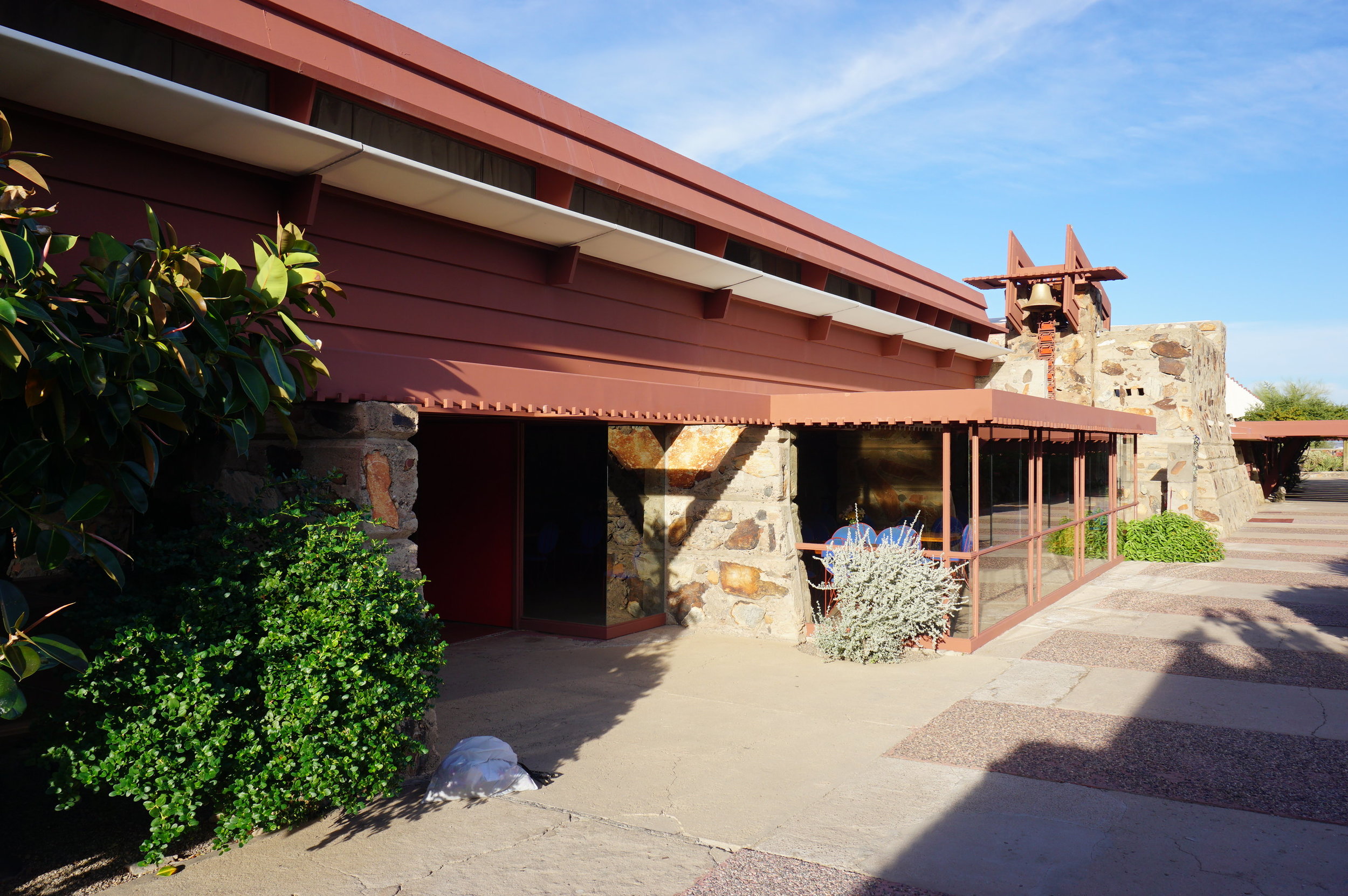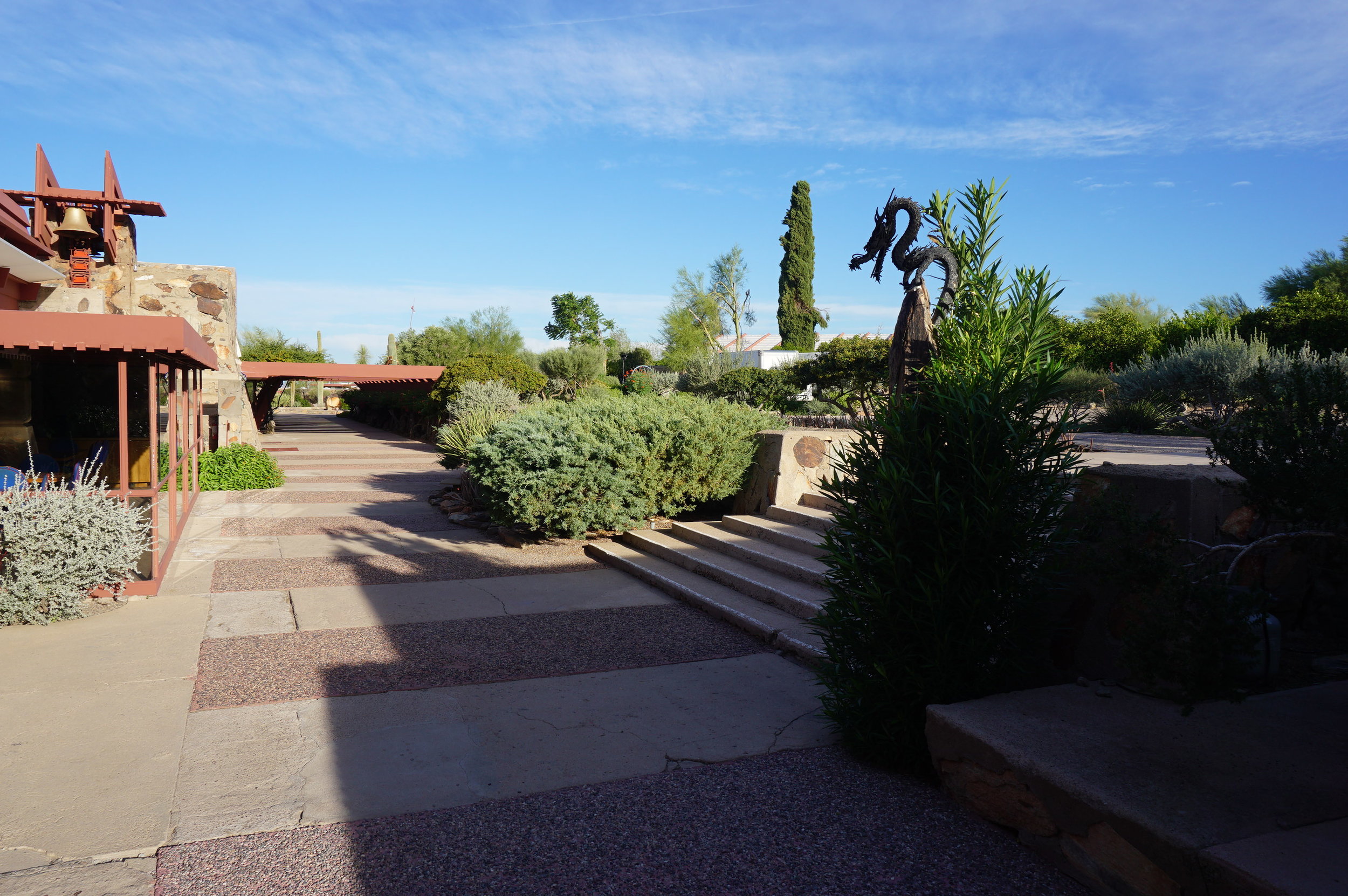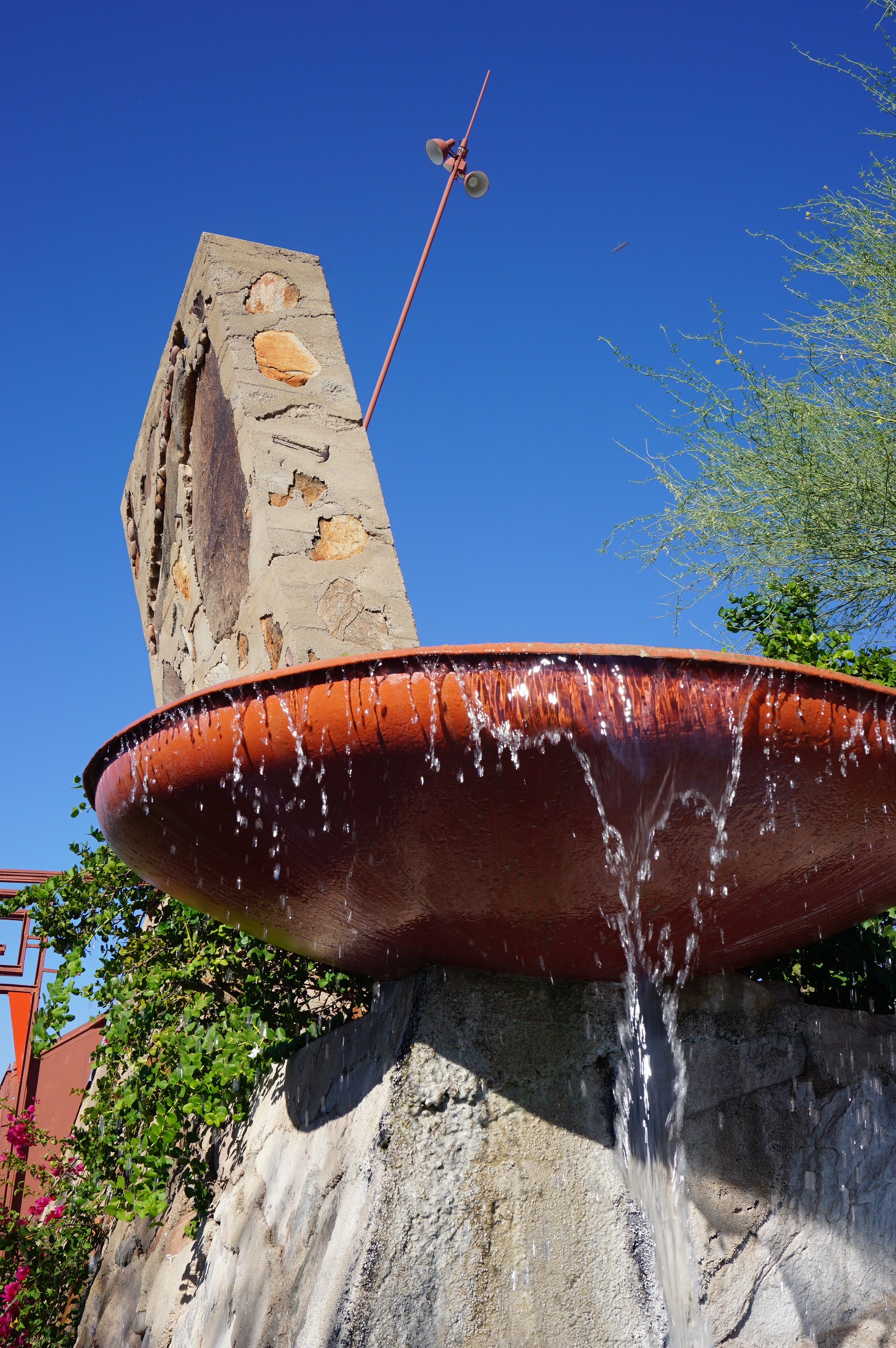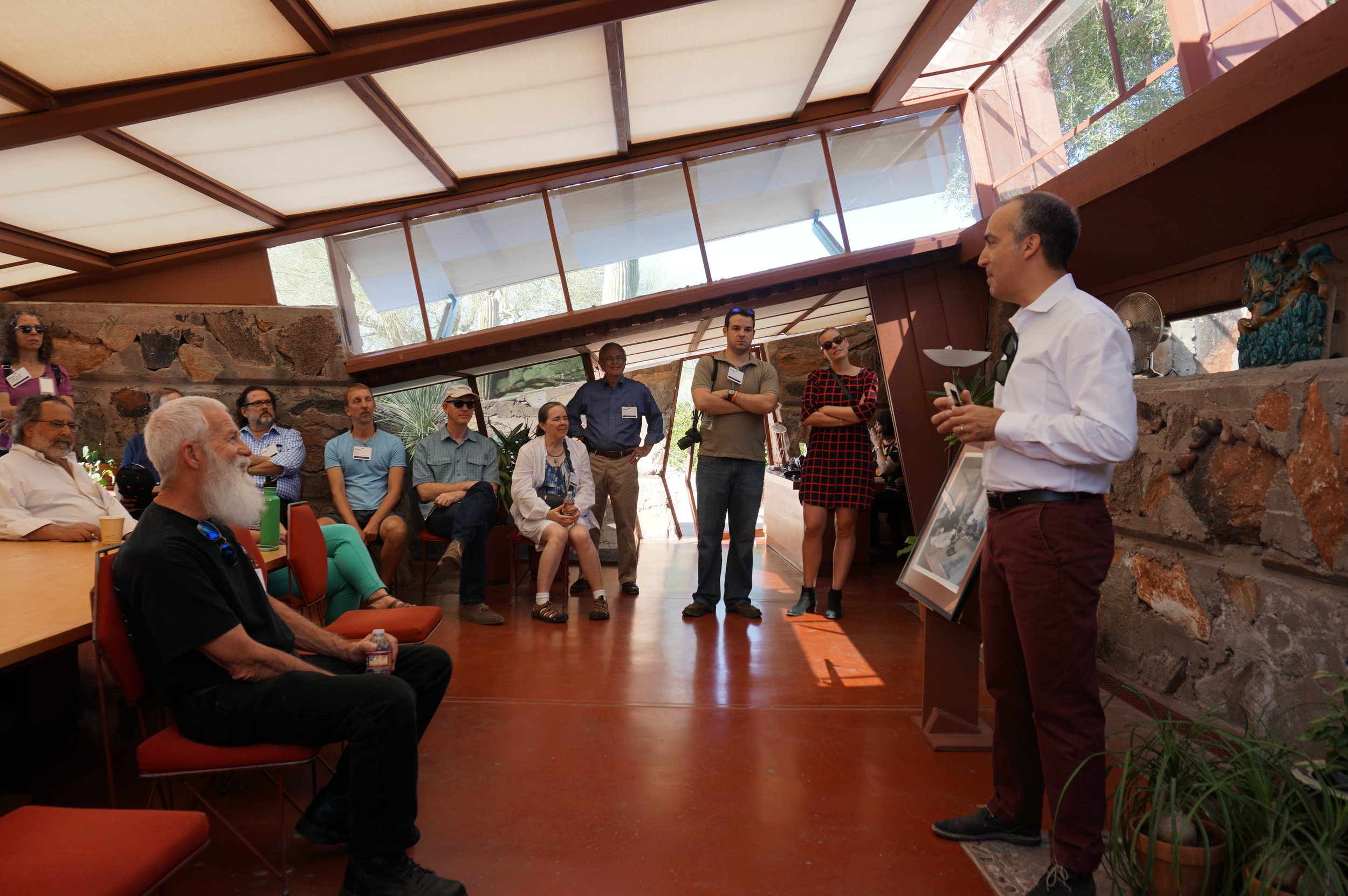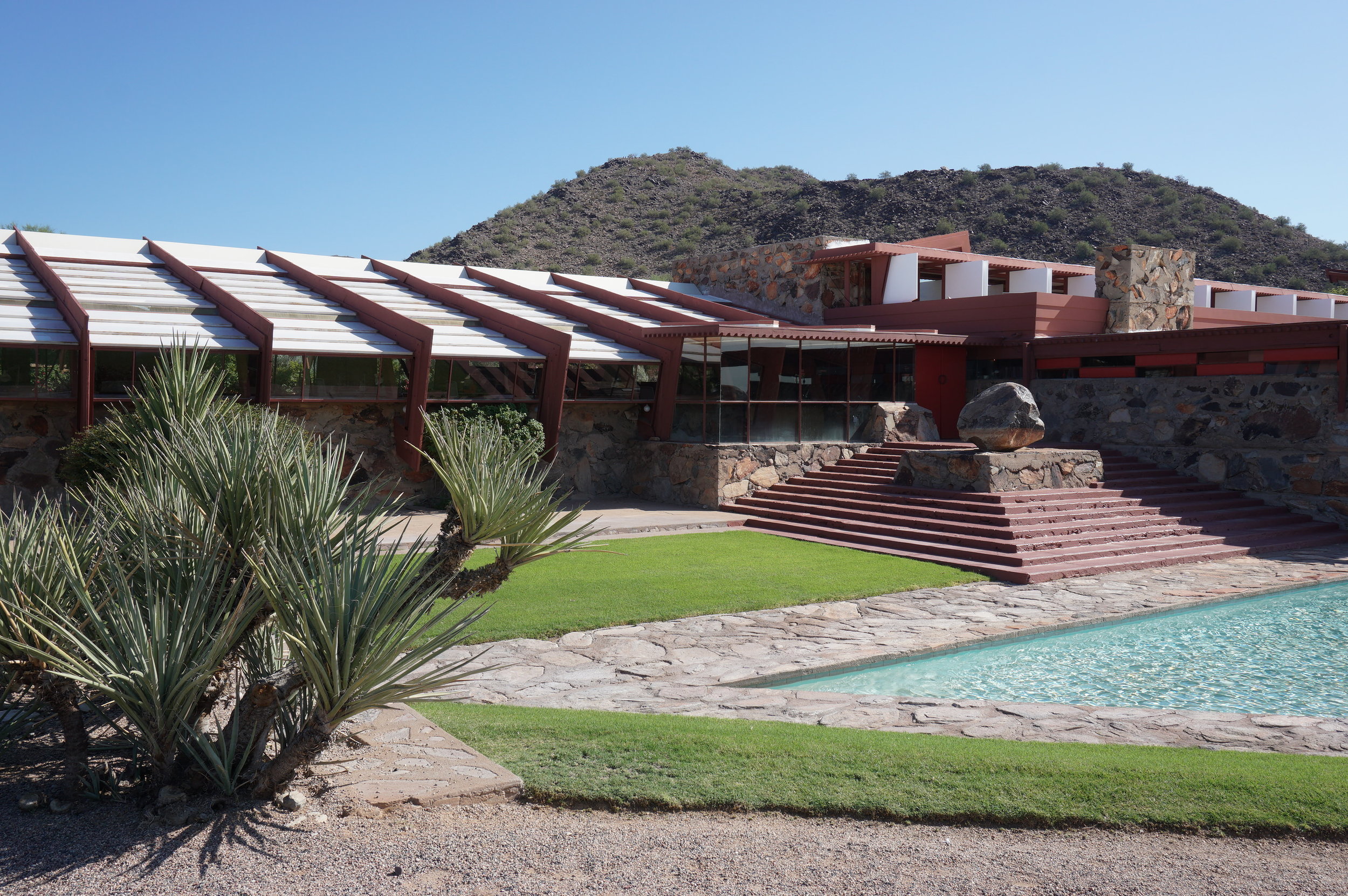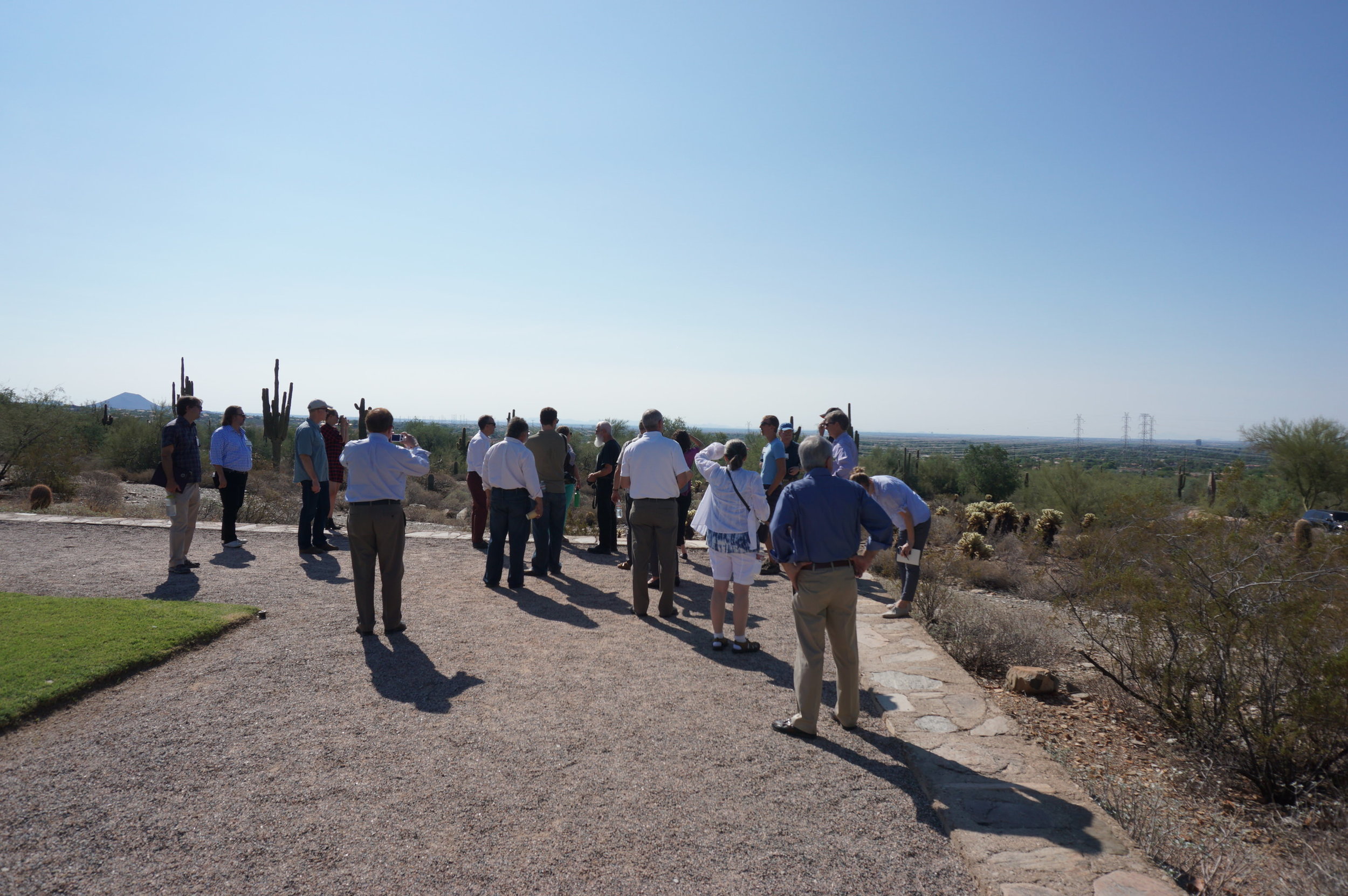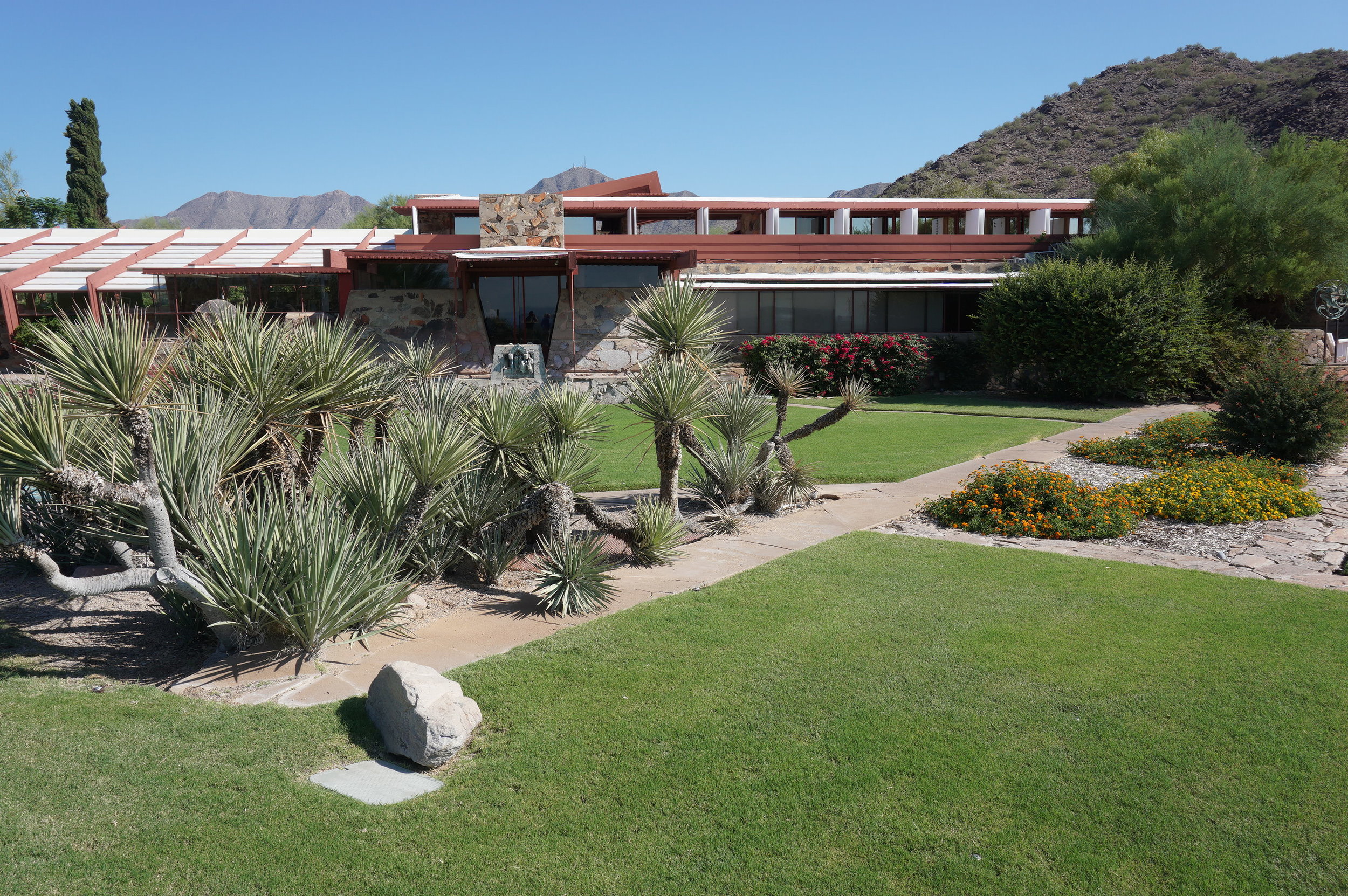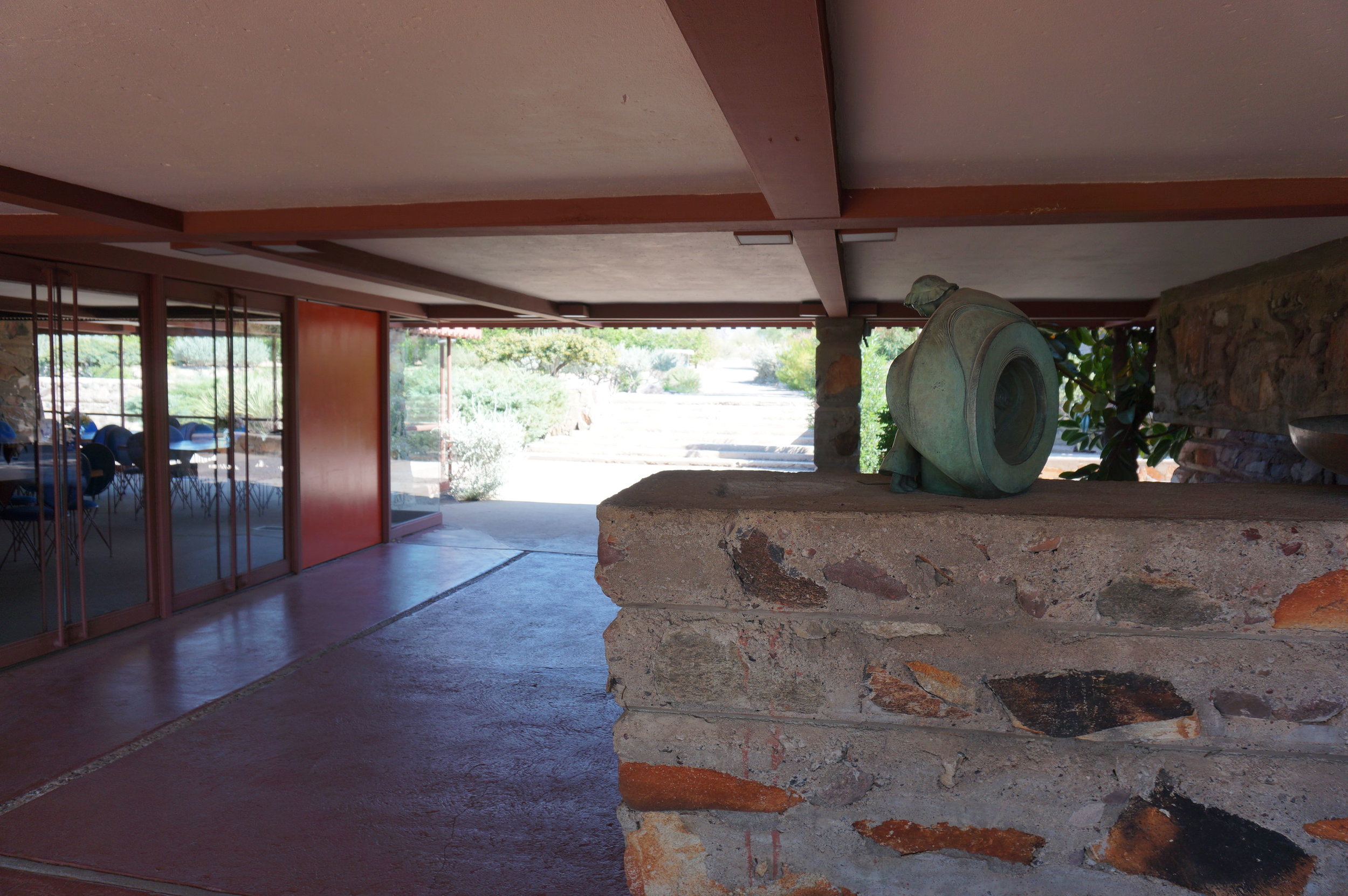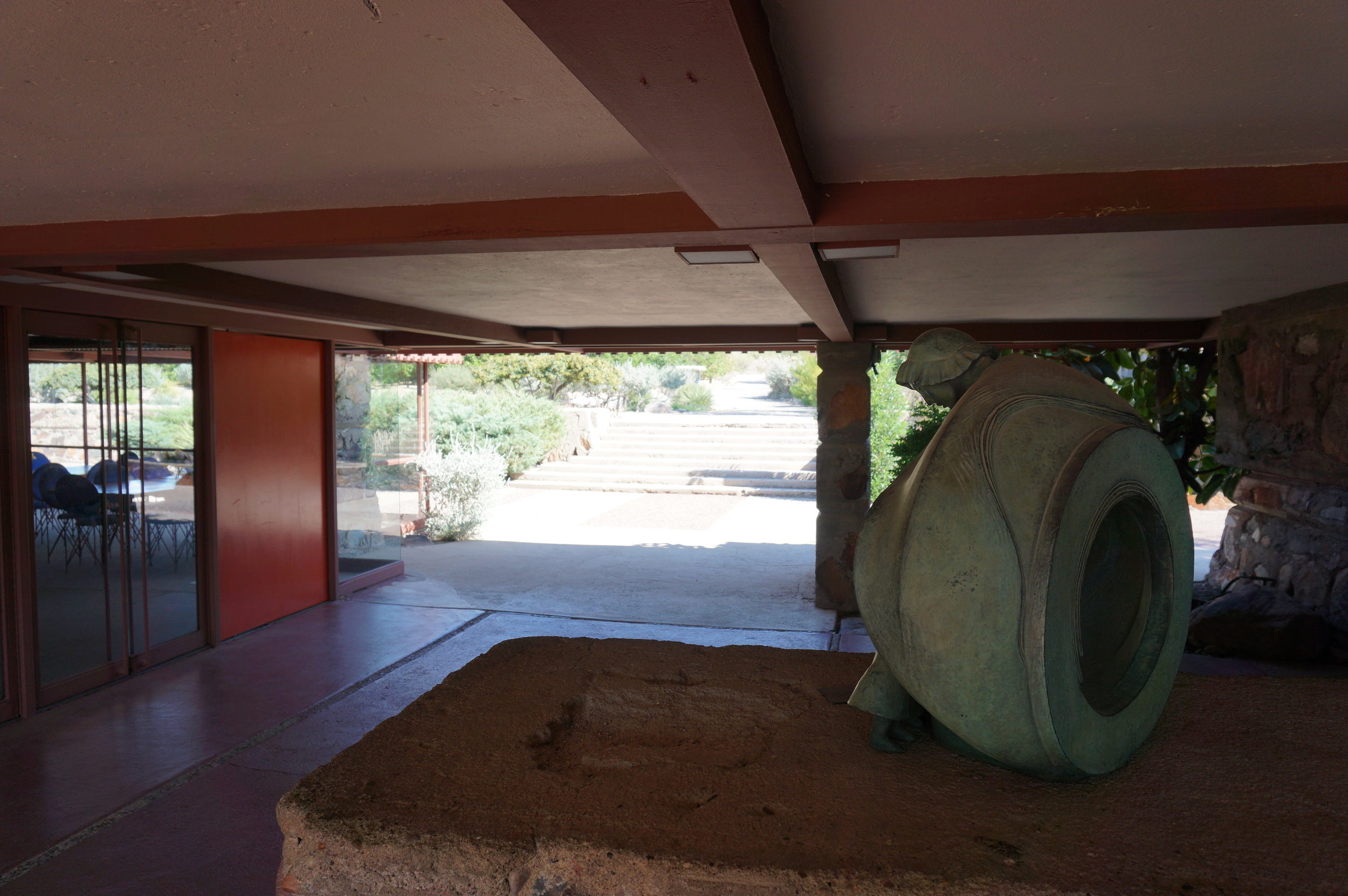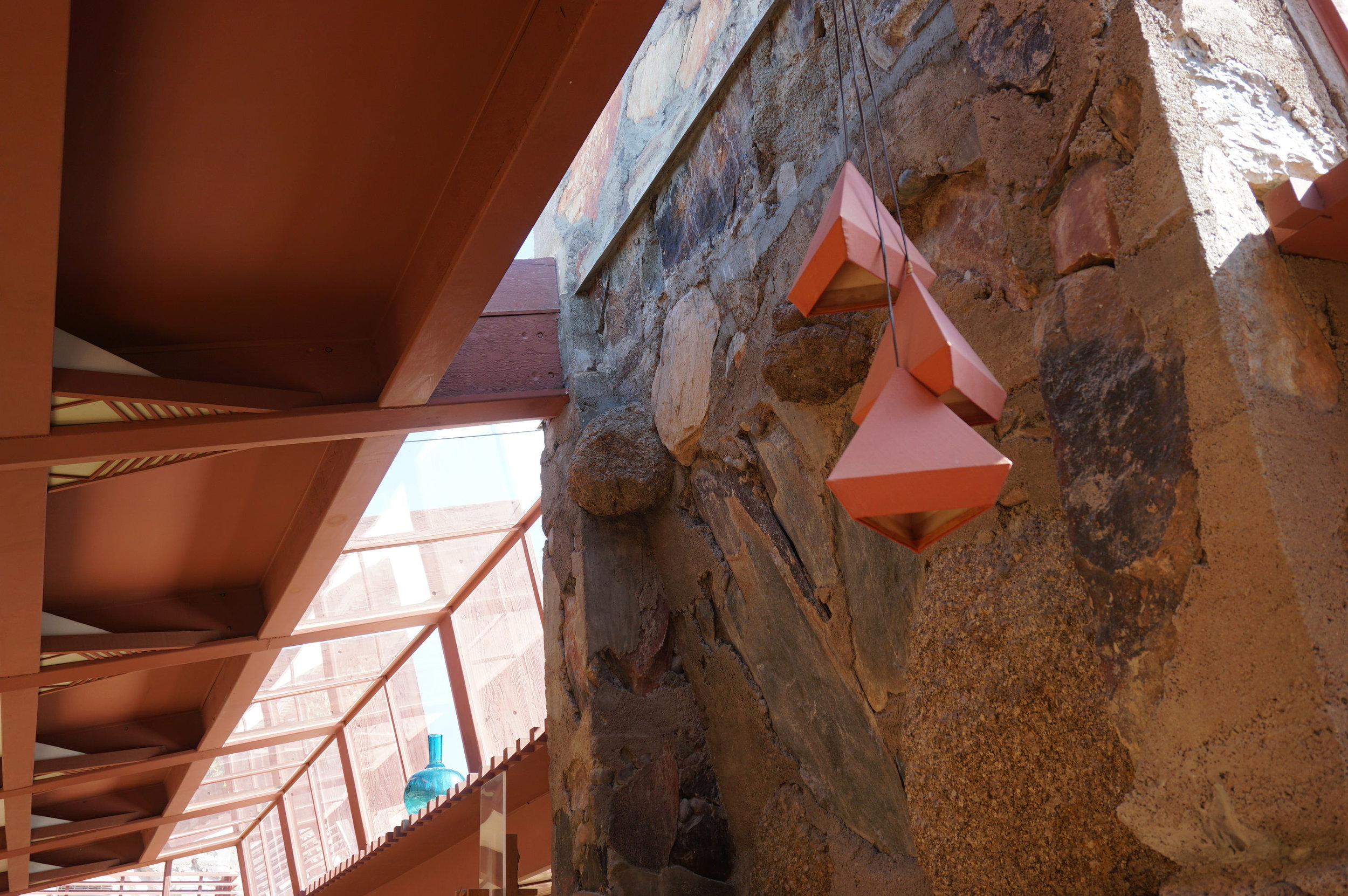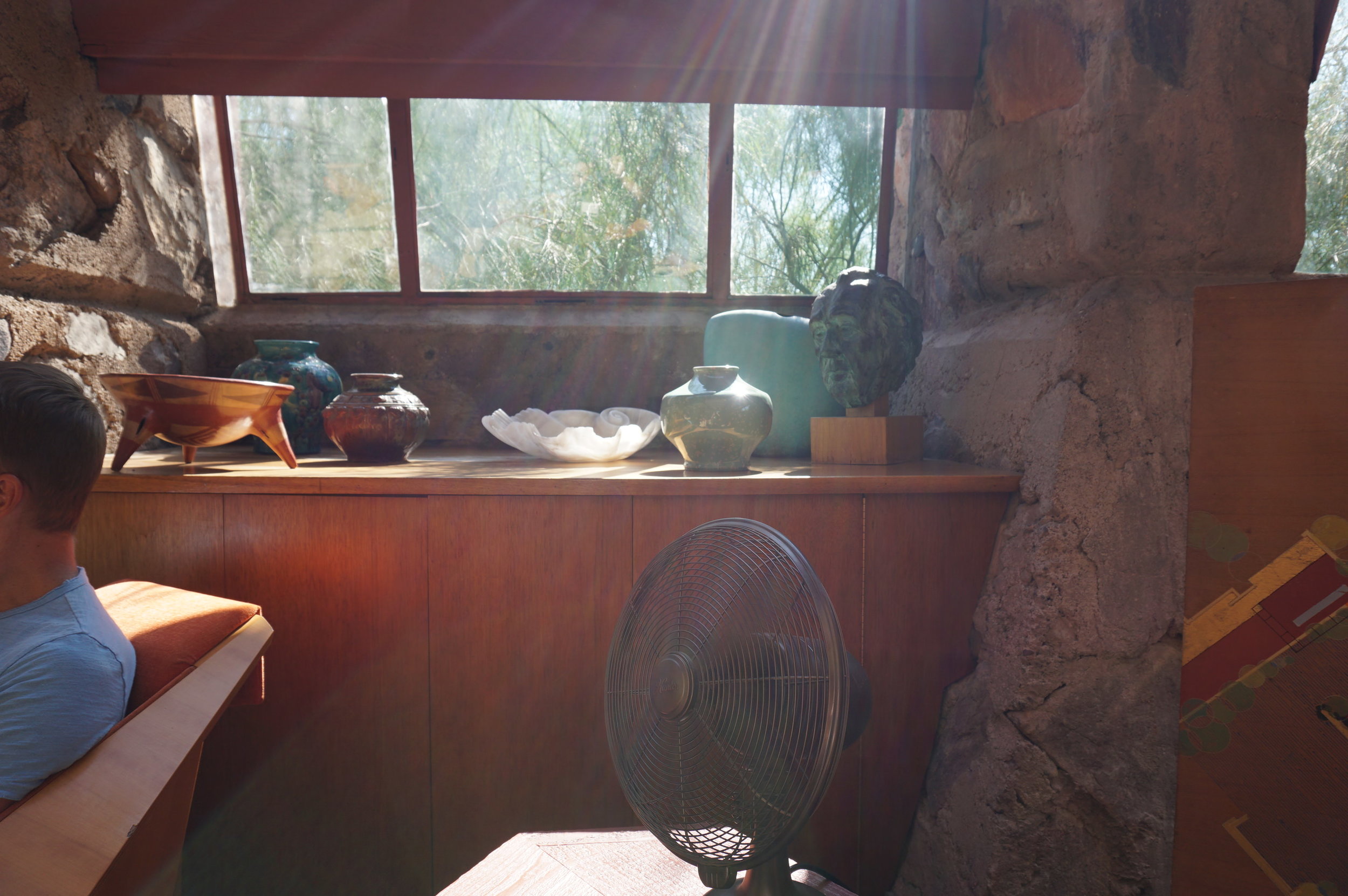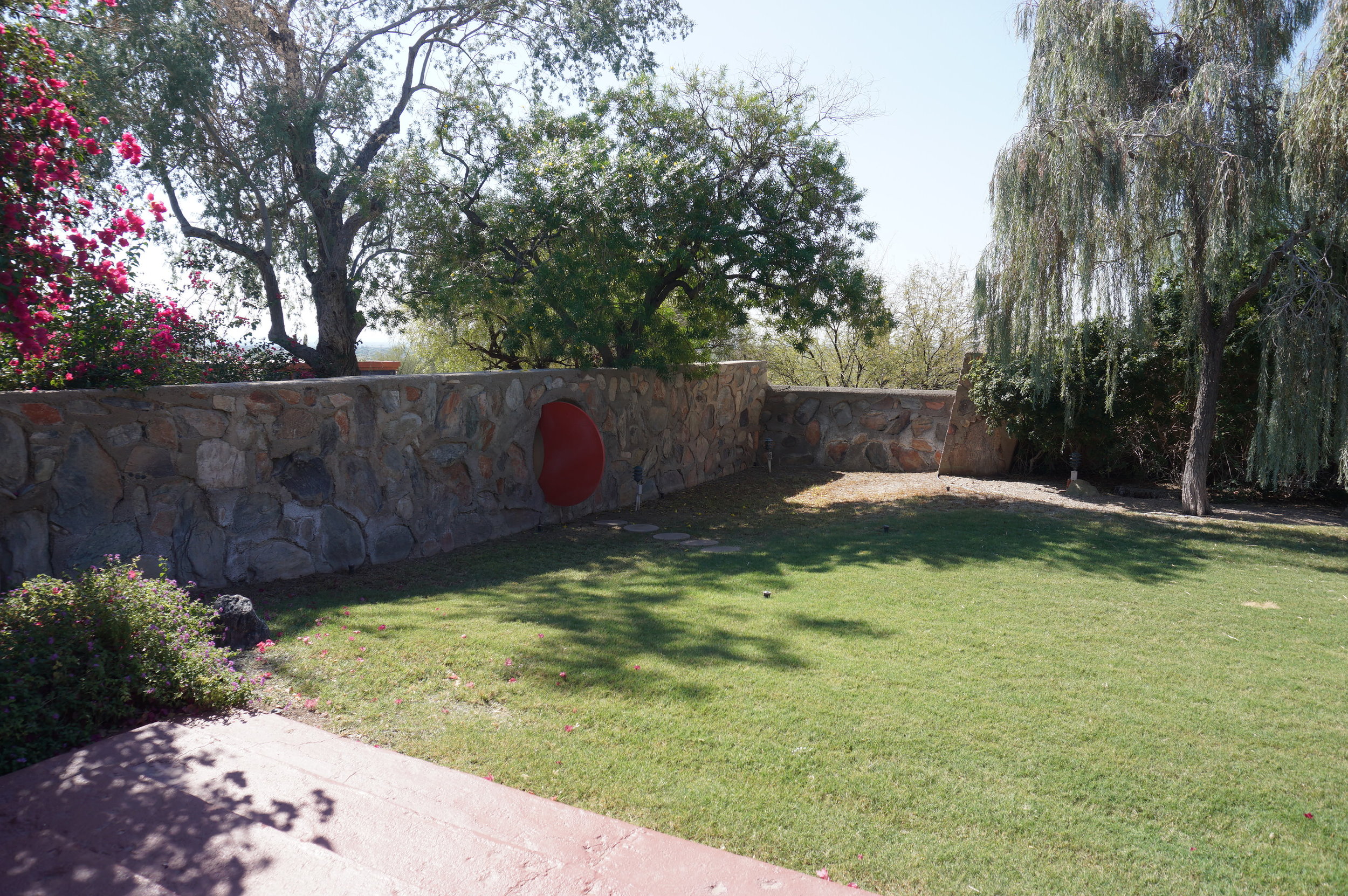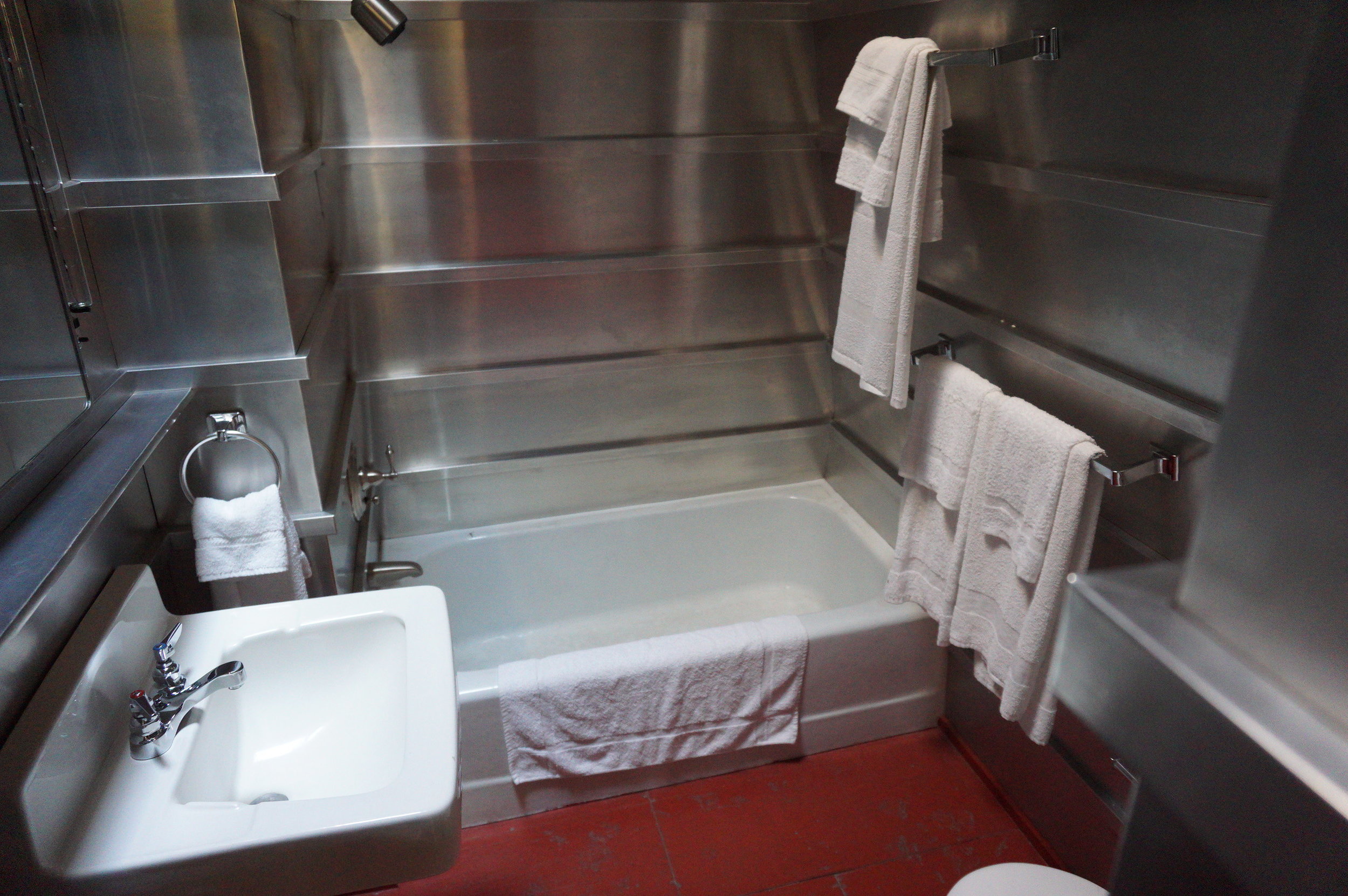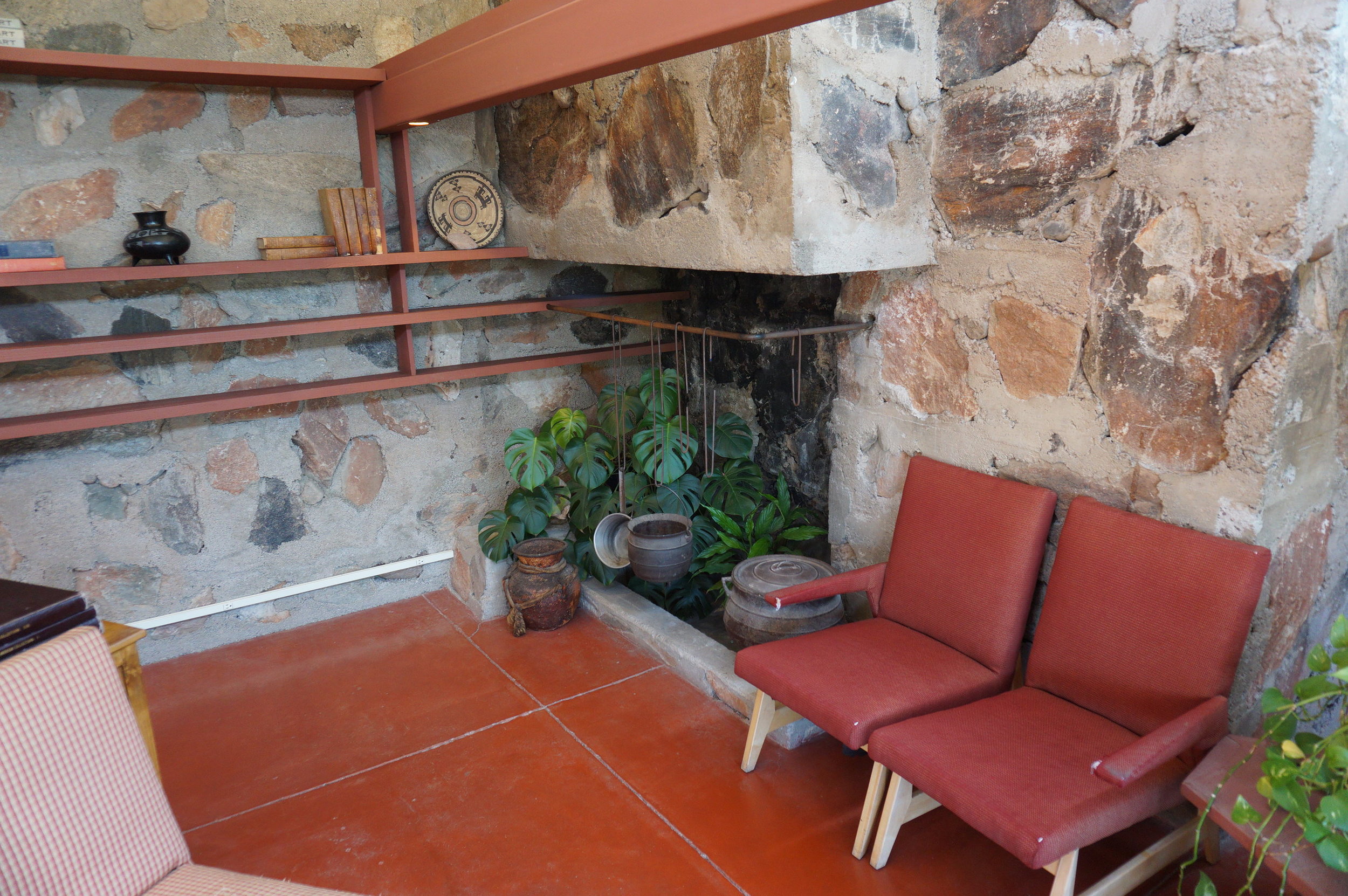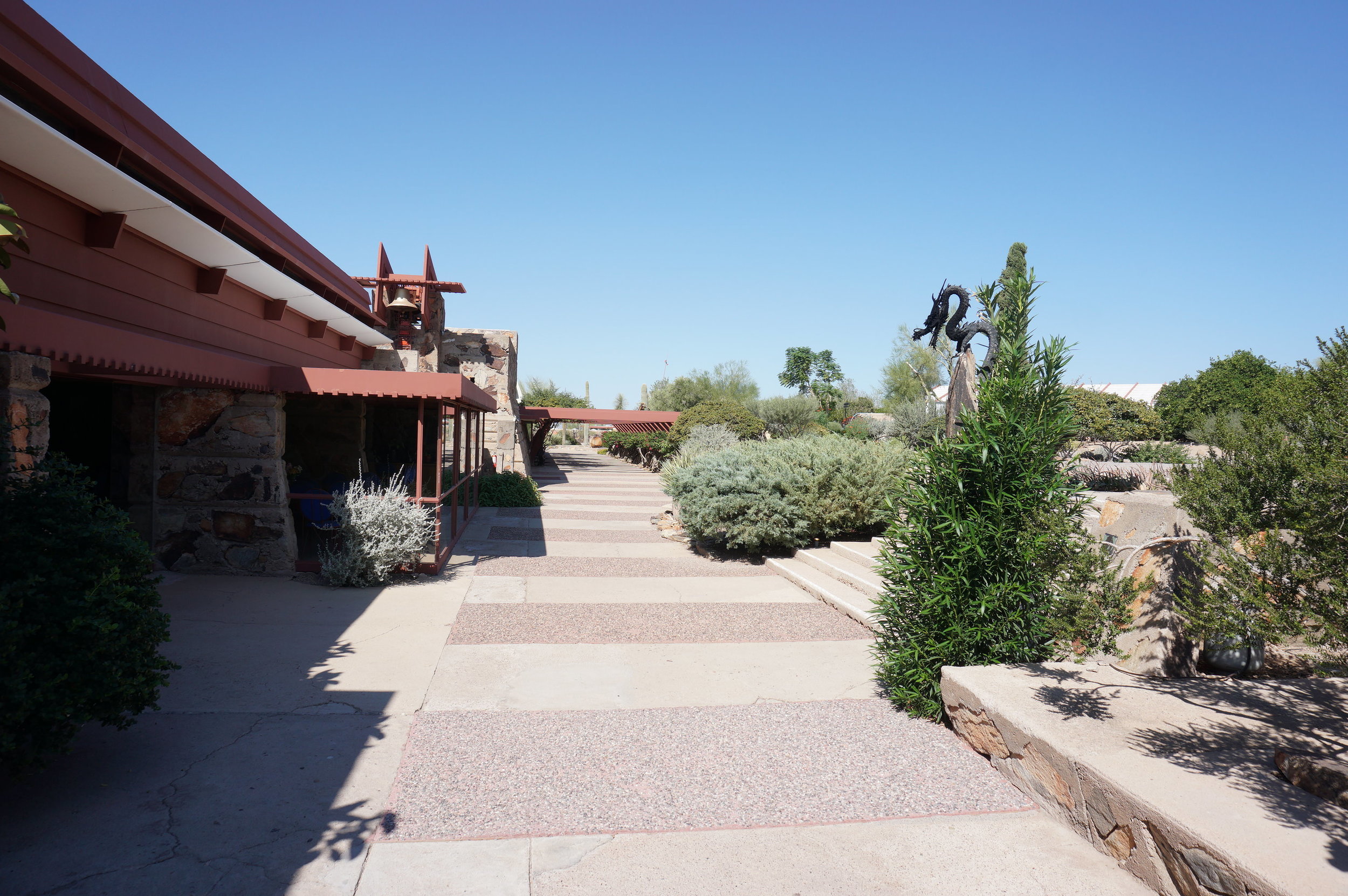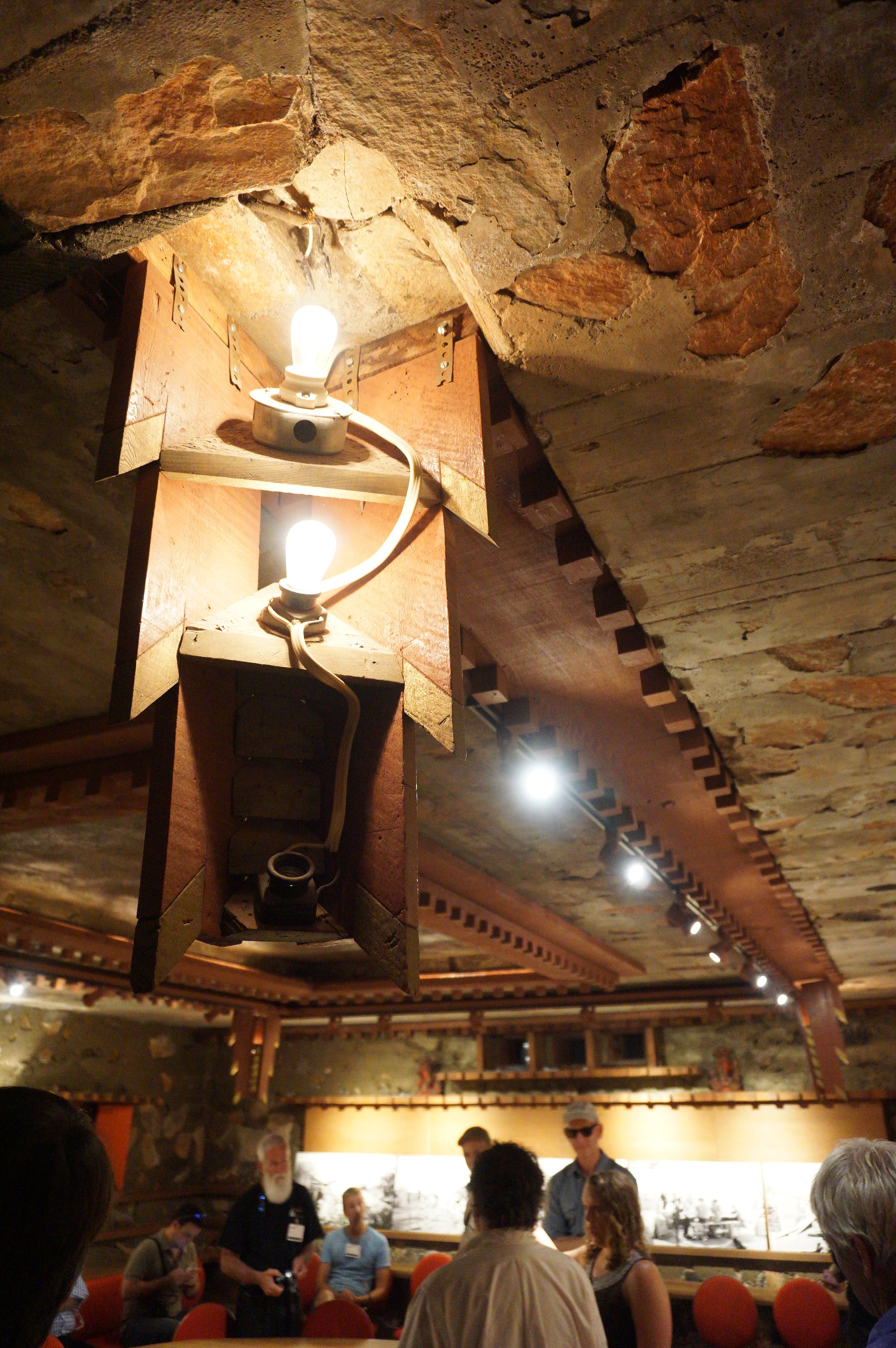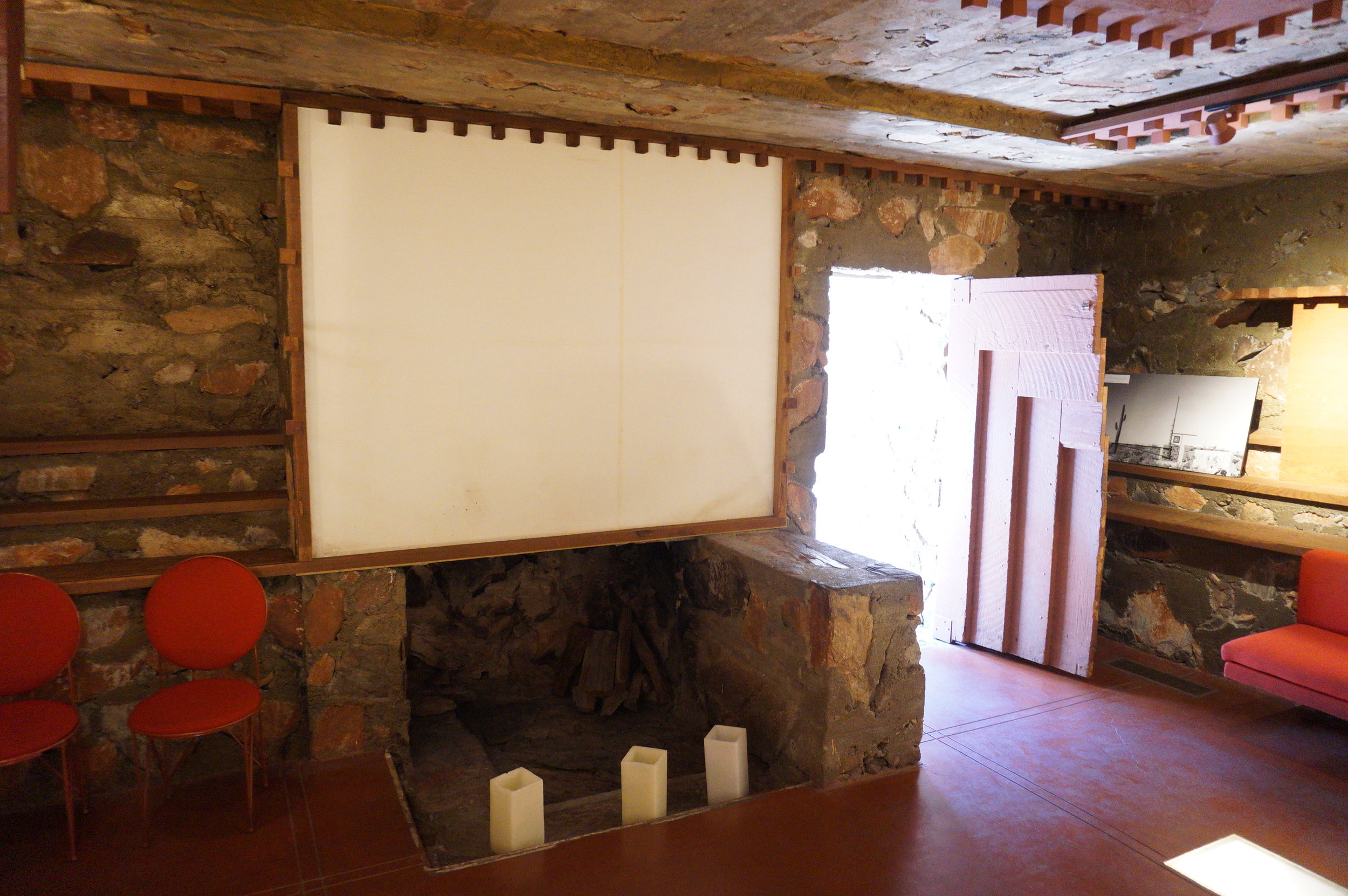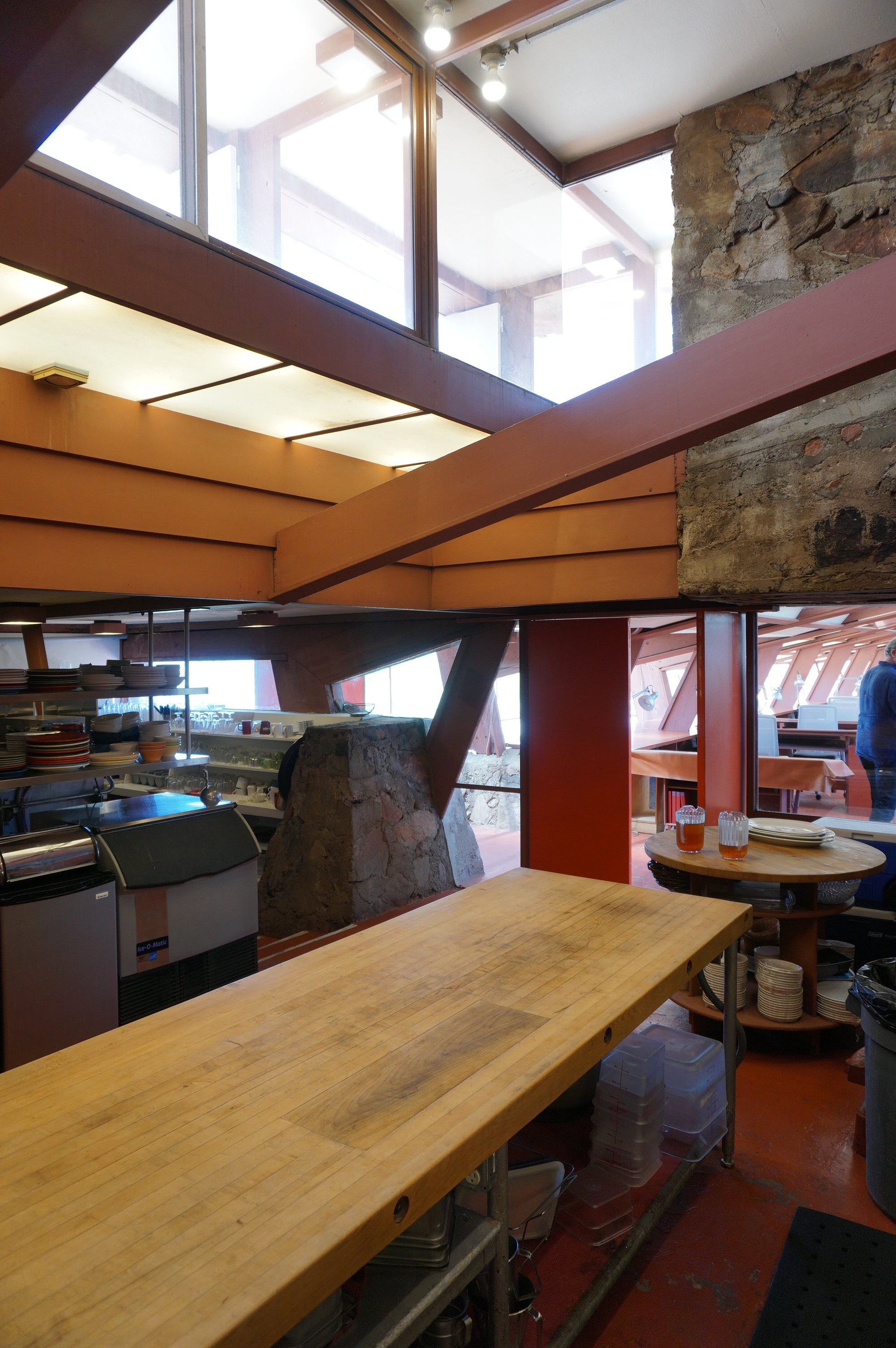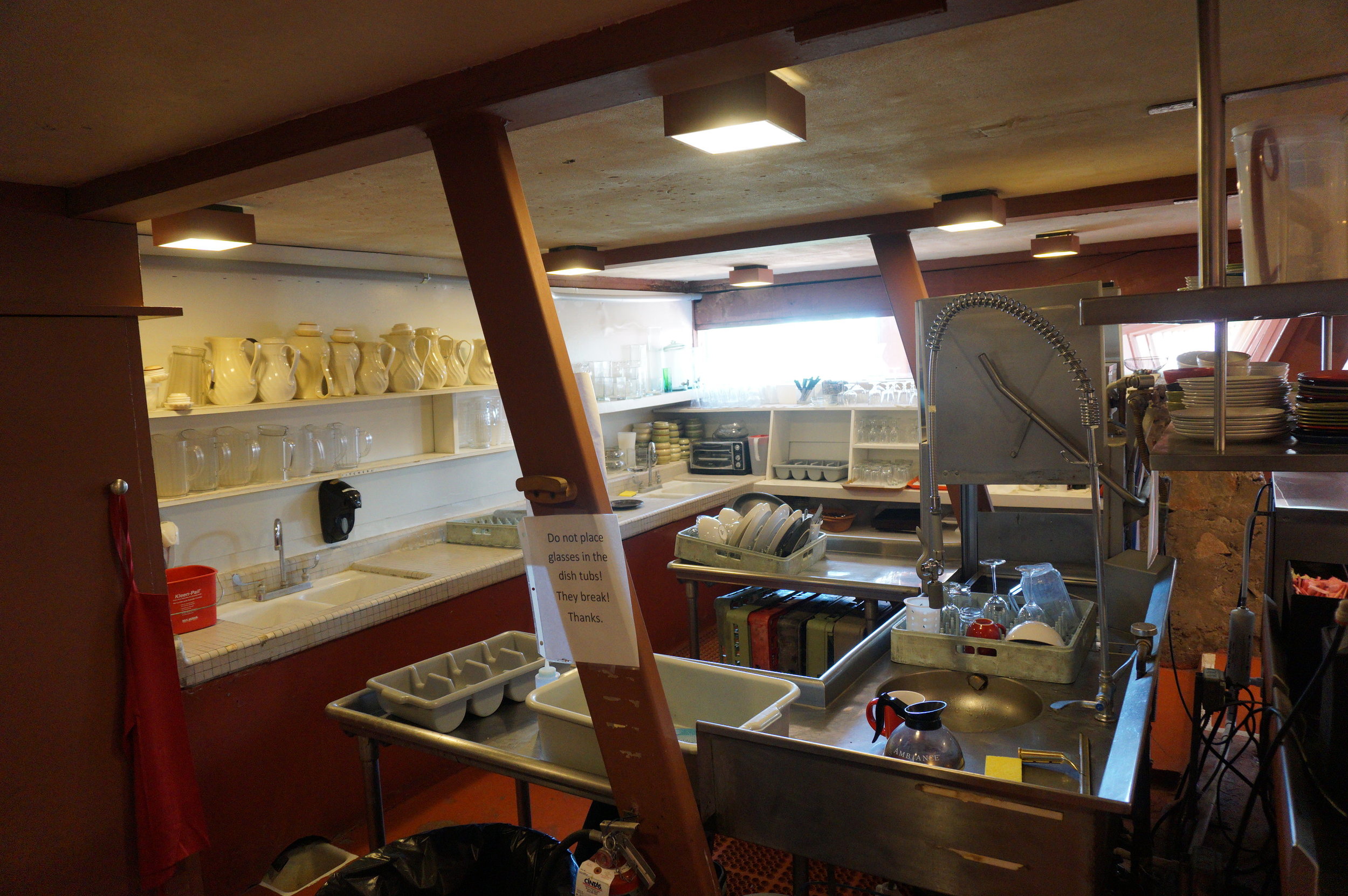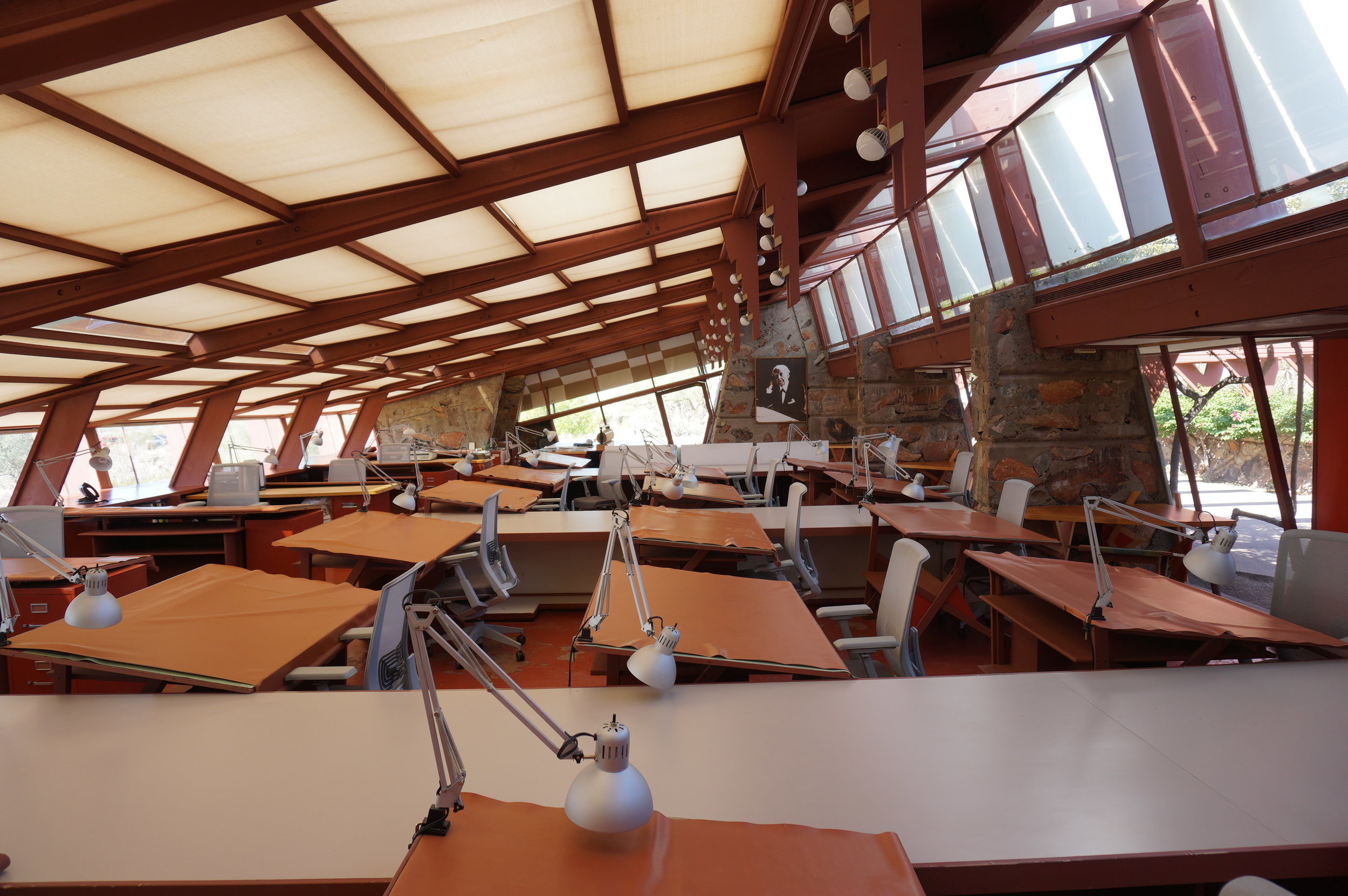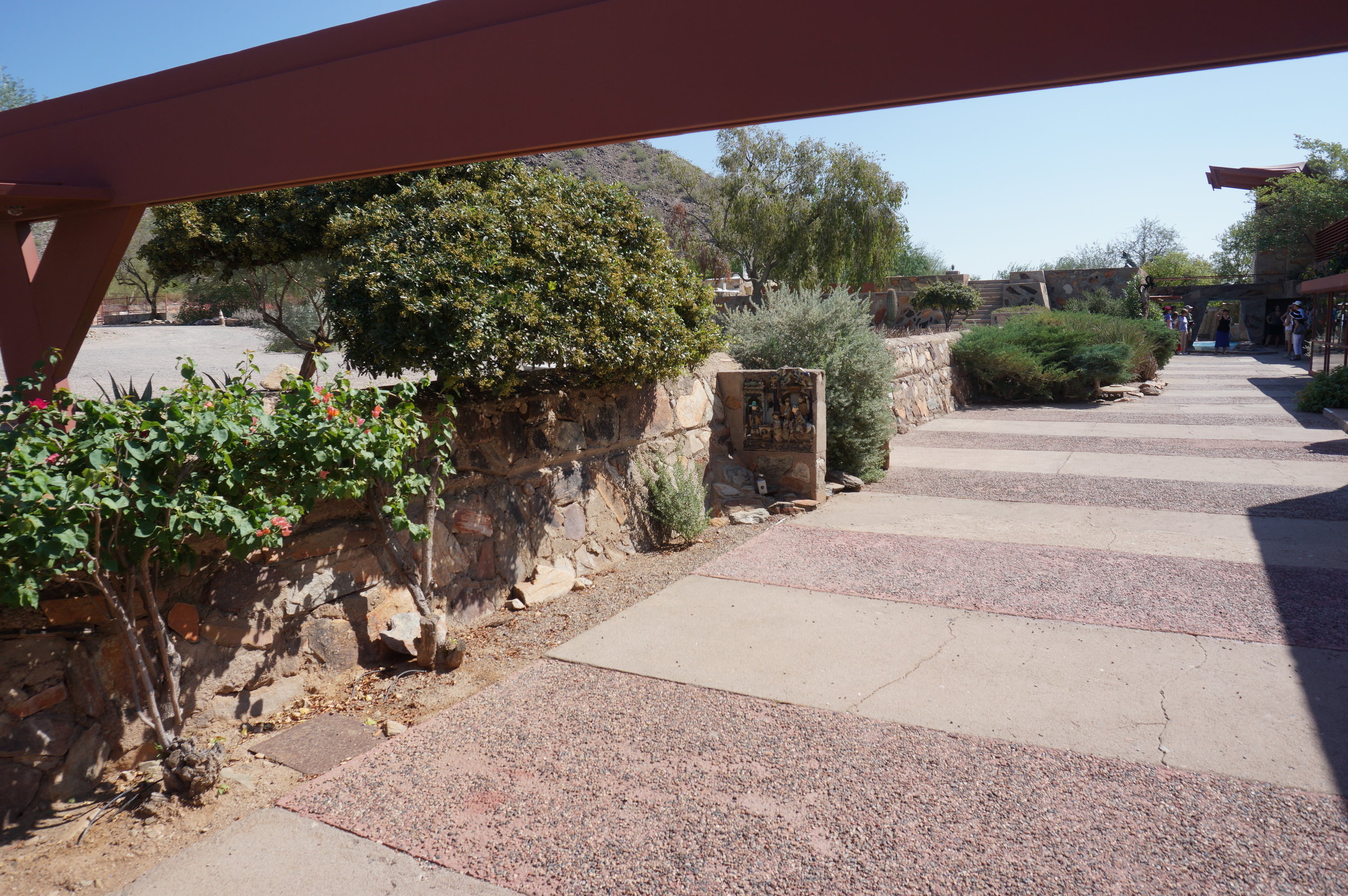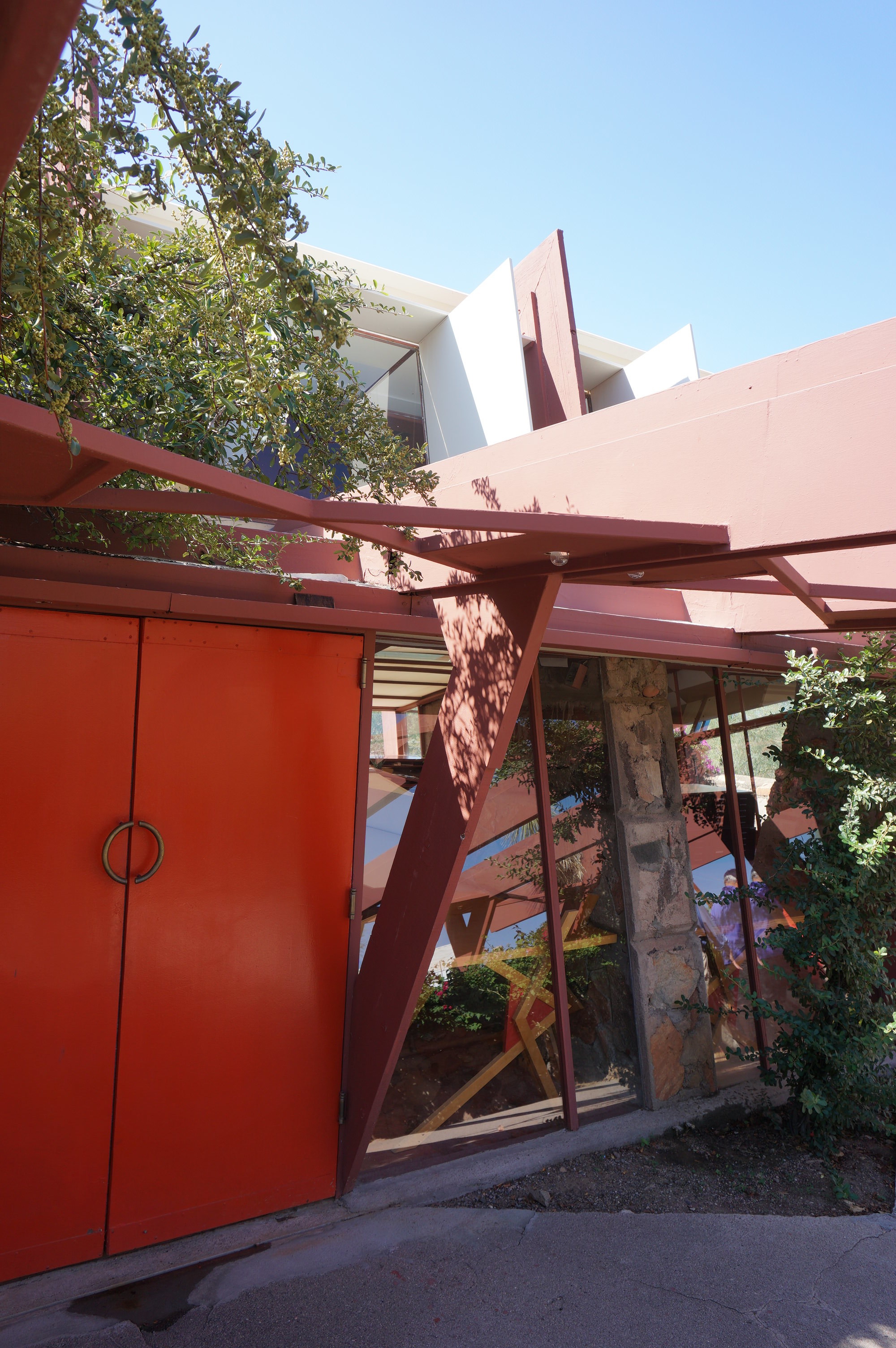"When we build, let us think we build forever.” John Ruskin's words evoke the notion of building in a sustainable manner, thereby leaving a legacy to future generations through the story of our places. Every day in my work at the Oklahoma Main Street Center, I am fortunate to encounter historic buildings that mirror Ruskin’s ideals; however, I have also seen in the modern building movement that we have lost our way in designing sustainable places over the last half century.
I wanted to take the opportunity to reflect on a wonderful experience from 2015. I visited Taliesin West in early October to attend the the American Institute of Architect's (AIA) first joint colloquium between the Historic Resources Committee (HRC) and Committee on the Environment (COTE). The meeting was to discuss the topic of “Whole Building Life Cycle Assessment (LCA)”.
During the three day conference it became evident that the historic structure LCA is becoming an increasingly important topic nationally. This is seen in California’s rapid progression toward 2030 and 2050 energy goals, as well as Seattle’s pilot for an Outcome Based Energy Code. The AIA members present at Taliesin West began to discuss how LCA might provide a new metric to inform policy directed at incentives for historic property rehabilitation and reuse.
At the Oklahoma Main Street Center we have started researching life-cycle assessment. In addition to the undeniable cultural benefits of our historic places across the state, we are looking into the embodied energy & carbon that these properties possess.
In the future, architects need to show clients and developers how to better account for a historic property’s embodied energy and carbon as a positive contribution to the balance sheet. Creative developers can make this a selling point through the implementation of whole-building LCA. In addition to showcasing the cultural and net embodied value of our historic district properties, we should celebrate the value inherent in their central/walkable locations, hidden density, quality materials/construction, passive design principles, and flexible uses.
LEED v4 offers five points for historic building reuse. This is not enough, but the trends are moving toward better whole valuations of our historic buildings. It is great that environmental ratings groups are finally getting behind the idea that building reuse avoids many impacts associated with new construction. Perhaps in the future existing and historic properties can receive a carbon tax credits or lower interest rates to further capitalize on the value embodied in historic properties. This will not be possible without our (AIA) investment into the development of LCA policy.
Finally, I want to make sure you are aware of the Preservation Green Lab's research portal containing key resources. Their research has become a steady wind in our movement toward sustainable preservation.
I charge each of you to make the decision to understand Embodied Energy & Carbon and carry it in your bag of tools toward higher-order historic district revitalization. It matters. Saving a building will both improve today’s legacy and make us leaders in the fight against global warming!
Here are my photos of Taliesin West!










